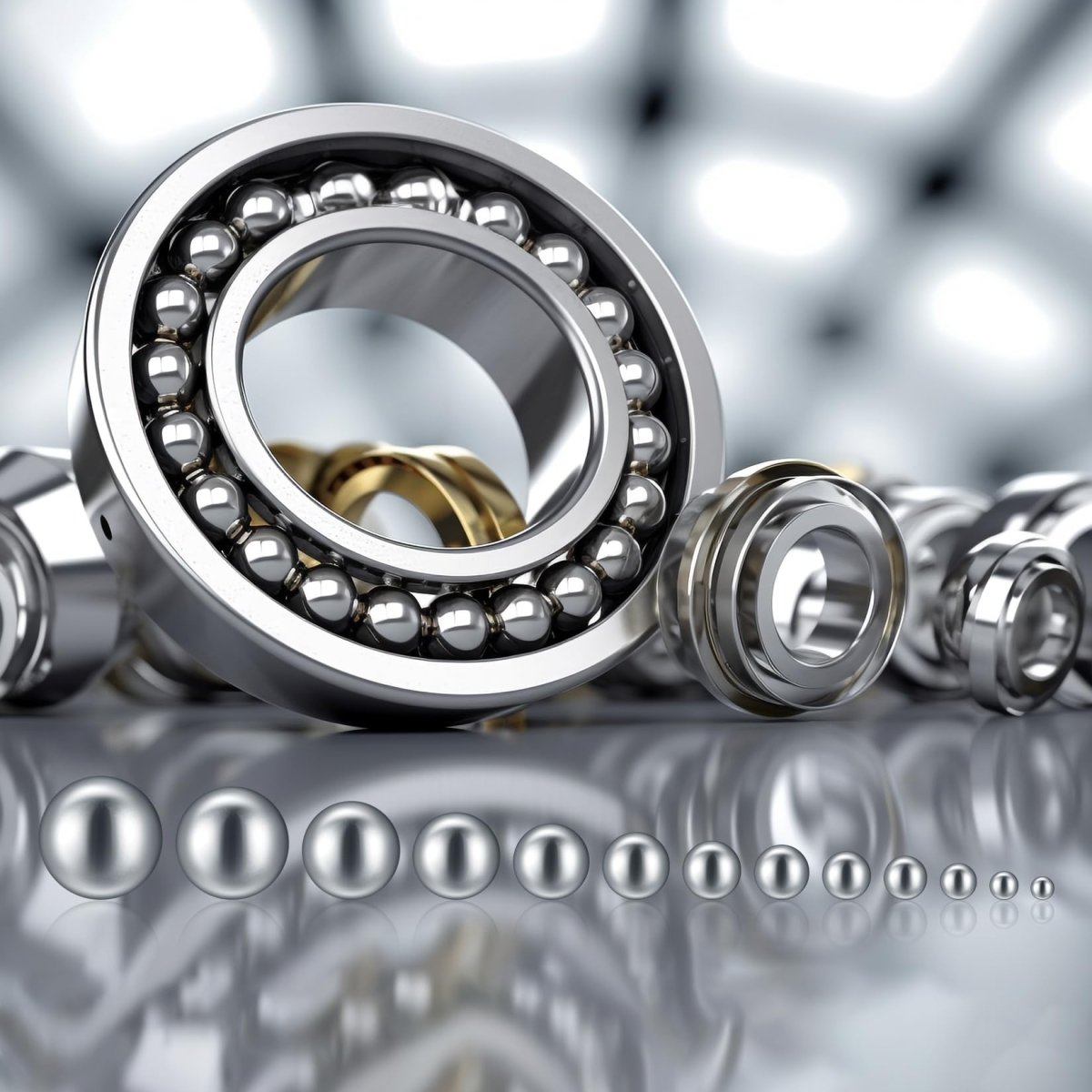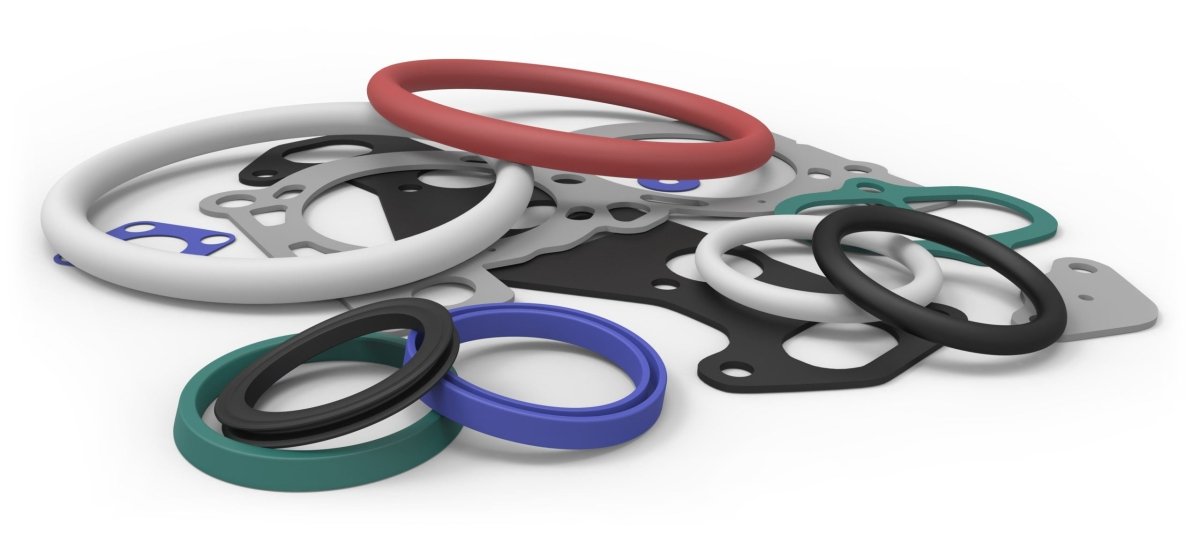📑 Table of Contents
- Introduction
- A Brief History of Bearings
- What Are Steel Bearings?
- What Are Ceramic Bearings?
- Steel vs Ceramic Bearings: Key Comparisons
- Applications in Different Industries (Ceramic And Steel Bearings)
- Performance and Longevity
- Maintenance Requirements
- Cost Considerations
- Future Trends in Bearing Technology
- Frequently Asked Questions
- Conclusion
📖 Introduction
From the wheels of your bicycle to the turbines in a power plant, bearings quietly do their job: reducing friction, ensuring smooth motion, and supporting loads. Two of the most common types today are steel ball bearings and ceramic ball bearings. Each has its champions and detractors. Engineers, cyclists, mechanics, and manufacturers often ask: Which one should I choose? To answer this question, we must dig deeper into the science, economics, and practical considerations of bearings.
⏳ A Brief History of Bearings
The concept of bearings can be traced back thousands of years. Ancient Egyptians used logs as rollers to move massive stones, a primitive bearing system. By the 15th century, Leonardo da Vinci sketched the first known design of a modern-style bearing to reduce friction in machines. But it wasn’t until the industrial revolution in the 19th century that bearings were mass-produced in steel, propelling them into every aspect of modern industry.
Ceramic bearings, on the other hand, are relatively new. Emerging in the late 20th century, they were first used in aerospace and military applications where extreme temperatures and durability were critical. As manufacturing techniques improved, ceramics found their way into bicycles, skateboards, electric motors, and high-speed machinery.
🔩 What Are Steel Bearings?
Steel bearings are the workhorses of modern engineering. Made from high-carbon chromium steel, they provide an excellent balance of strength, durability, and affordability. Their structure consists of:
- Inner and outer races: Usually hardened steel rings.
- Steel balls: Precision-machined to exact dimensions.
- Cage/retainer: Keeps balls evenly spaced.
Steel bearings are standardized, affordable, and widely available. Their performance is consistent and predictable, which is why they remain the most common type in the world.
👉 If you’re looking for premium Steel Ball Bearings, check out our Carbon Steel Balls – High Precision Solid Bearing Beads, available in sizes from 1–20mm.
⚪ What Are Ceramic Bearings?
Ceramic bearings use silicon nitride (Si3N4) or zirconia balls instead of steel. These balls are lighter, harder, and smoother than their steel counterparts. A ceramic bearing often combines ceramic balls with steel races, though full-ceramic bearings exist as well. Advantages include:
- Extremely hard and wear-resistant.
- Lighter weight reduces rolling resistance.
- Lower friction coefficient, enabling higher speeds.
- Non-corrosive and resistant to most chemicals.
However, ceramics are brittle compared to steel and can crack under extreme shock loads. They are also significantly more expensive.
⚖️ Steel vs Ceramic Bearings: Key Comparisons
| Property | Steel Bearings | Ceramic Bearings |
|---|---|---|
| Material | High-carbon chromium steel | Silicon nitride or zirconia |
| Weight | Heavier | Lighter |
| Hardness | Strong but less hard | Extremely hard |
| Friction | Higher | Lower |
| Durability | Good, proven over time | Excellent, but brittle under shock |
| Corrosion Resistance | Moderate | High |
| Cost | Affordable | Expensive |

🏭 Applications in Different Industries ( Ceramic And Steel Bearings)
Steel bearings dominate industries like automotive manufacturing, heavy machinery, and home appliances. They are affordable, reliable, and widely available. Ceramic bearings, meanwhile, shine in specialized environments:
- Cycling: Used in racing bikes for lower rolling resistance.
- Aerospace: Ceramics’ heat resistance makes it ideal for jet engines.
- Medical equipment: Corrosion resistance is vital in sterilized environments.
- Wind turbines: Low-maintenance, high-efficiency designs benefit from ceramic bearings.
🚀 Bearings Performance and Longevity
Ceramic bearings typically outlast steel in controlled environments, often 5–10 times longer. However, in real-world scenarios where impact loads and contamination are common, steel can outperform ceramic because it is tougher and less brittle. Ultimately, the expected lifespan depends on application, environment, and maintenance.
🛠️ The Maintenance Requirements of Bearings
Steel bearings require regular lubrication and are prone to rust if exposed to moisture. Ceramic bearings, while more resistant, still need lubrication for optimal performance, especially when paired with steel races. In most industrial applications, routine inspection and greasing remain standard practice regardless of material.
💰 Cost Considerations between Ceramic and Steel Bearings
Steel bearings are significantly cheaper, often costing 5–10 times less than ceramic bearings. For most consumers and industries, this price difference is decisive. Ceramic bearings are worthwhile when speed, chemical resistance, or minimal maintenance is crucial—but for everyday use, steel remains unbeatable in cost-effectiveness.
🔮 Future Trends in Bearing Technology
Hybrid bearings, which combine steel races with ceramic balls, are becoming increasingly popular. They offer a middle ground: reduced friction and weight compared to all-steel, but less brittle and less costly than full ceramic. Advances in nanomaterials, coatings, and lubrication science promise even better performance in the next generation of bearings.
❓ Frequently Asked Questions of Bearings
Are ceramic bearings always faster?
No. While ceramics reduce friction, real-world speed gains depend on load, environment, and quality of installation.
Do ceramic bearings last longer than steel?
In clean, controlled environments, yes. But under shock or dirty conditions, steel may last longer.
Are ceramic bearings worth the extra cost?
For high-performance sports or specialized industries, yes. For daily use in cars or appliances, steel bearings are more cost-effective.
Which bearings are easier to maintain?
Steel bearings need more frequent lubrication. Ceramic bearings require less, but still benefit from regular care.
✅ Conclusion
So, which is better—ceramic or steel bearings? The answer depends on your needs. If you require affordability, proven durability, and wide availability, steel bearings remain the gold standard. If your application demands minimal friction, corrosion resistance, or performance under extreme conditions, ceramic bearings may be worth the investment.
For most everyday and industrial applications, high-quality steel bearings are more than enough. If you’re looking for reliable options, explore our Steel Ball Bearings – Carbon Steel High Precision Solid Beads, crafted for long-lasting performance across multiple uses.








